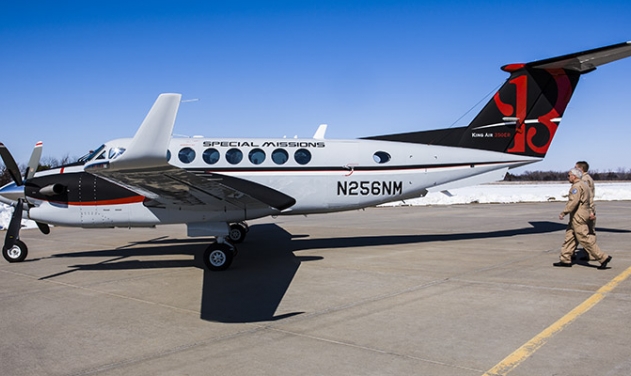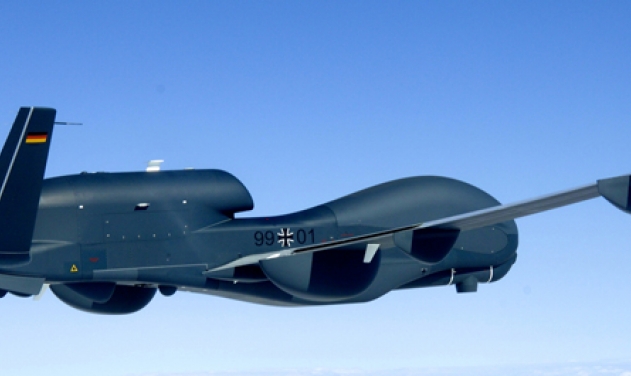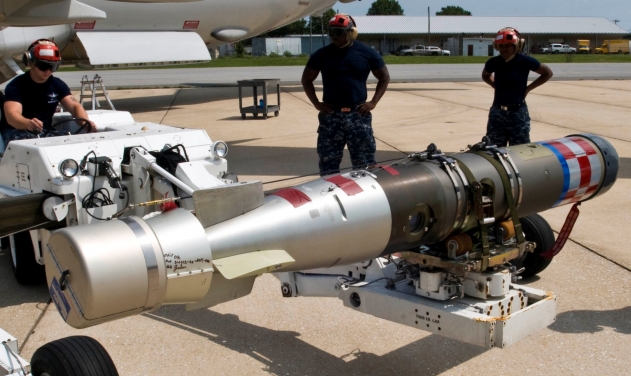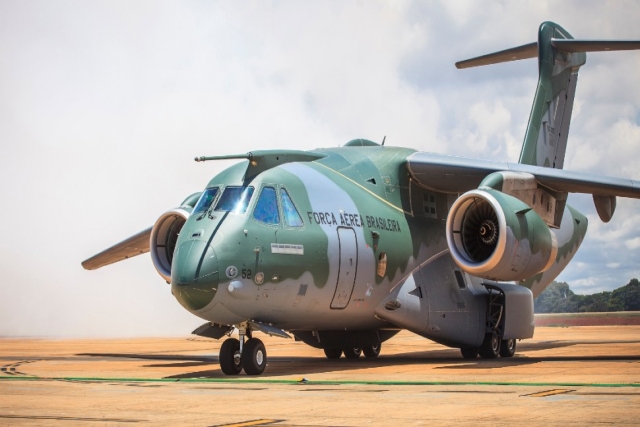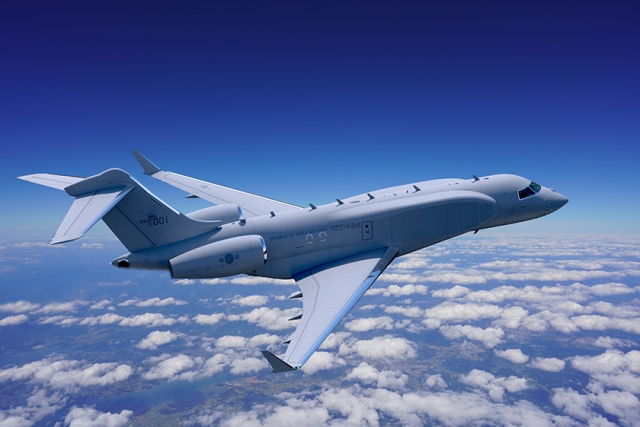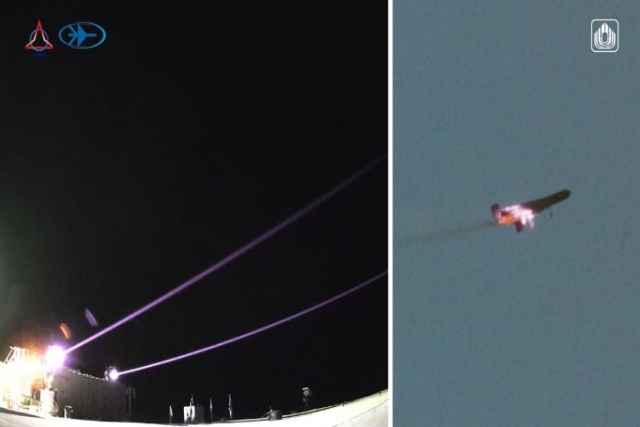Alion Challenges $60B Canada’s Frigate Design Decision in Federal Court
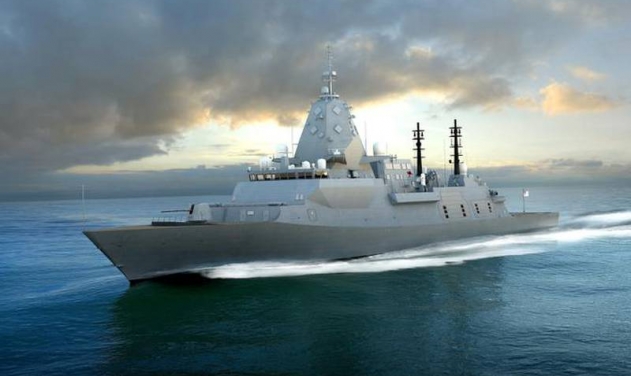
Alion Science and Technology Corp (ASTC), one of the losing bidders in the Canadian navy's next generation of warships design competition has asked the Federal Court to overturn the recent decision to award the $60 billion contract to group of companies led by Lockheed Martin Canada.
The Federal government decided to select Lockheed Martin Canada that offered BAE Systems designed Type 26 frigate as their preferred bidder. Alion Canada’s subsidiary, ASTC had pitched the Dutch-designed De Zeven Provinciën Air Defence and Command (LCF) frigate for the program.
Alion officials argue that the winning bid was “incapable of meeting three critical mandatory requirements” set out by the navy and that both Public Services and Procurement Canada and Irving Shipbuilding, the yard overseeing the construction and has asked the court to set aside the October 19 decision, CBC reported Wednesday.
Alion said it "submitted a fully-compliant and conforming bid at enormous expense" and argued it "has been denied the fair treatment (it was) owed."
The court application also points out that the design tender was amended 88 times during the 22 months it was under consideration and that the changes "effectively diluted the [warship] requirements" and allowed the government and Irving to select "an unproven design platform."
"The Canadian Surface Combatant project is the largest, most complex procurement ever undertaken by the Government of Canada. These ships will form the backbone of our Royal Canadian Navy and will be Canada's major surface component of maritime combat power for decades to come," Public Services and Procurement Canada said in a press release.
Procurement and defence officials say this is not the final step; they will now enter into negotiations with the winning bidder to confirm it can deliver everything promised in the complex proposal. (Some observers have compared the process to placing a conditional offer on a home), the news portal reported in October.
The evaluation, which will take place over the winter, involves verifying the winning company's financial wherewithal to complete the project, confirming that the proposal meets the military's combat requirements and hammering down aspects of intellectual property licences.


